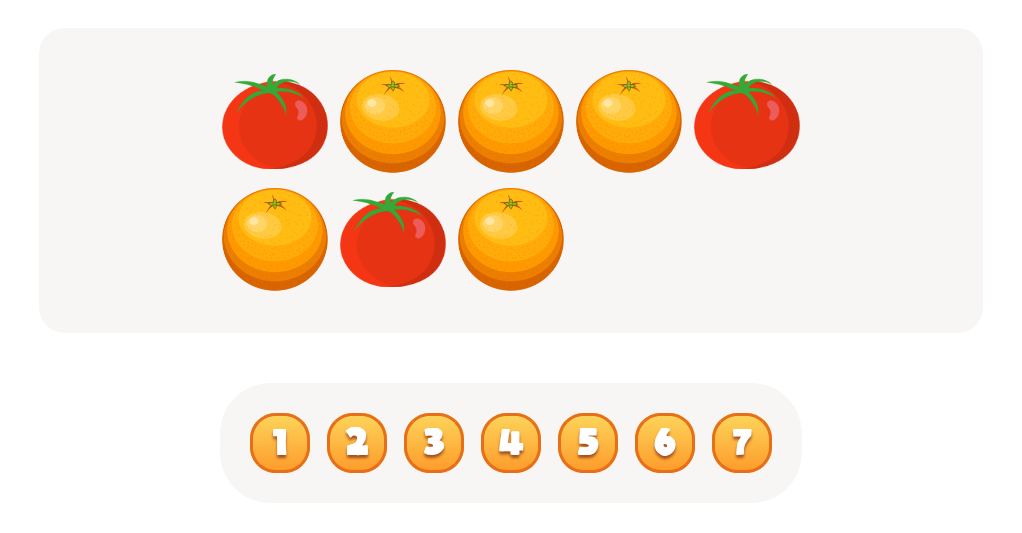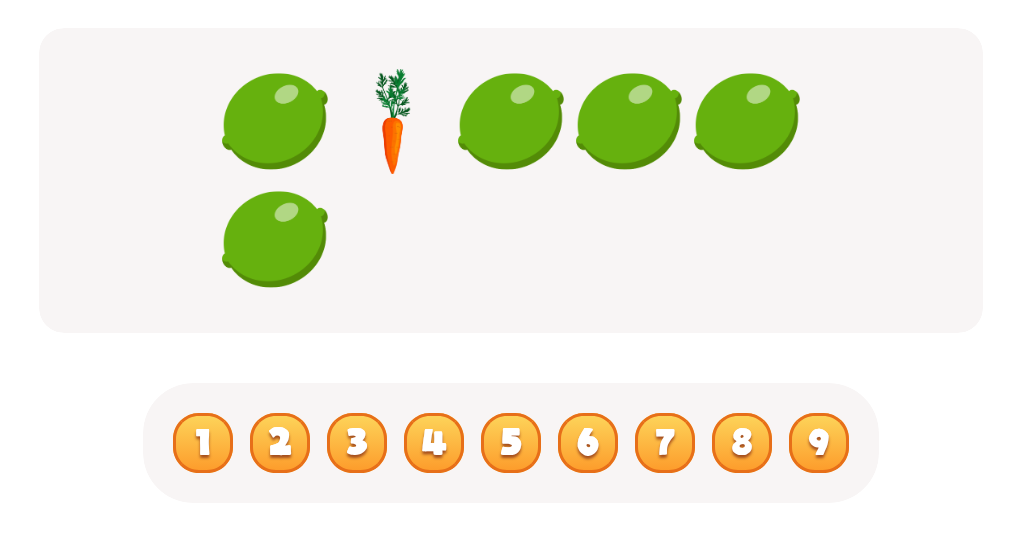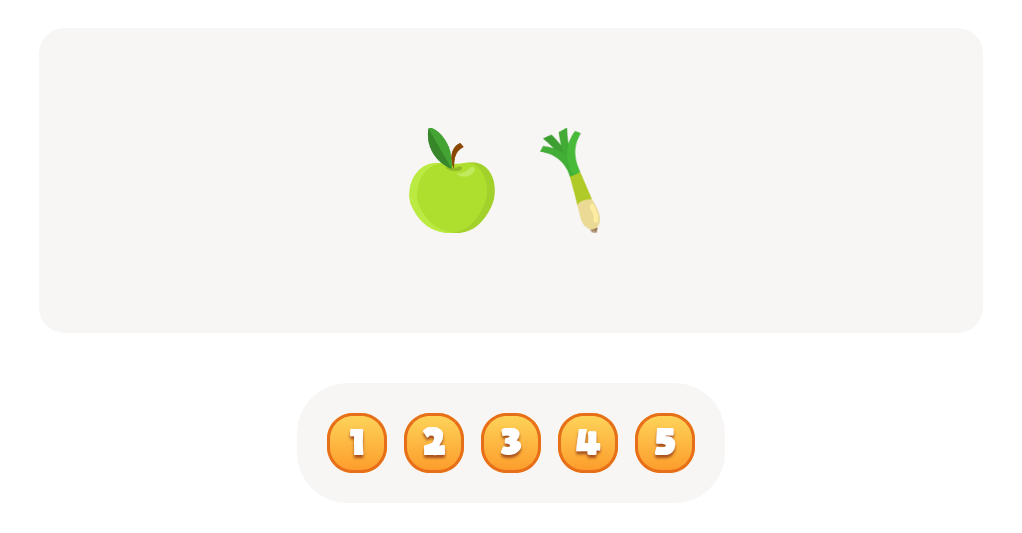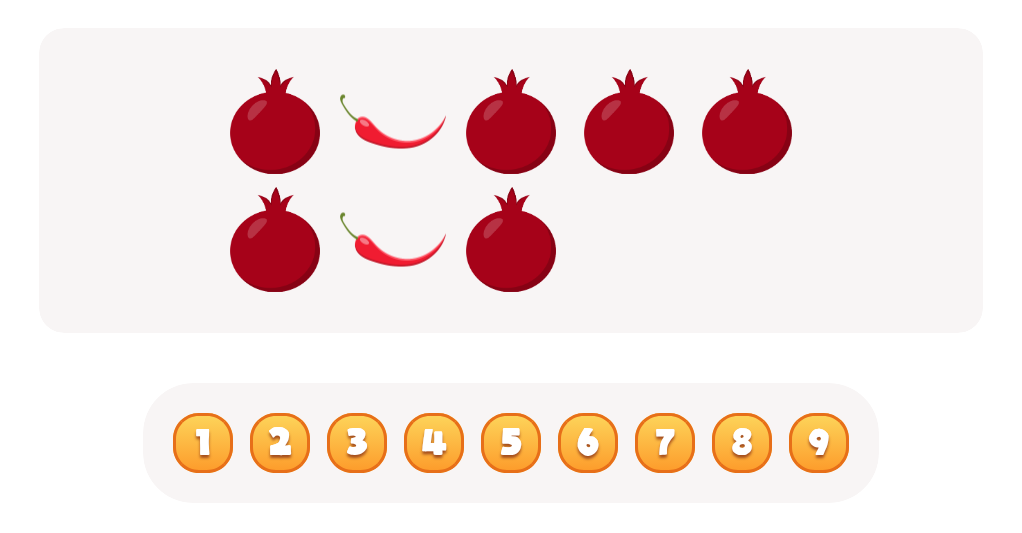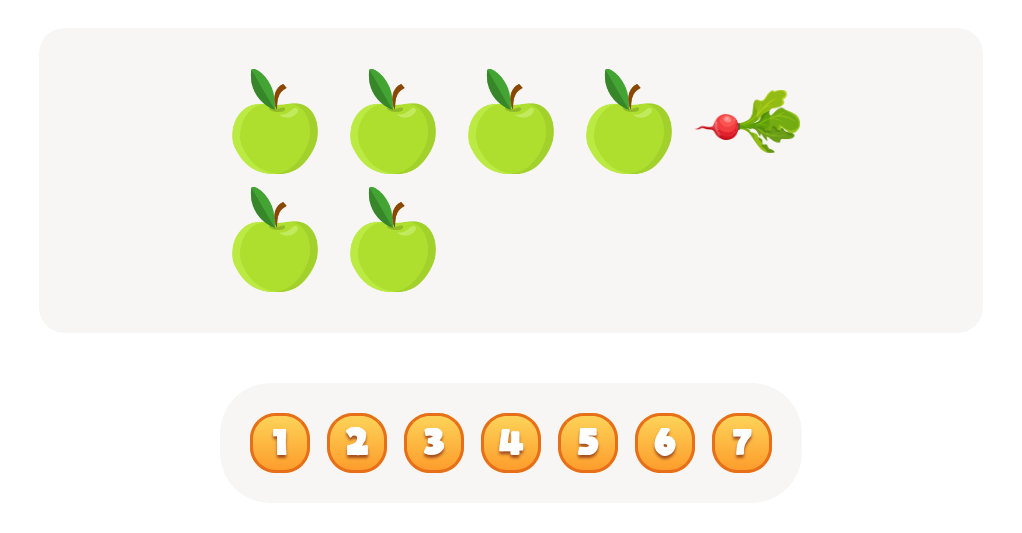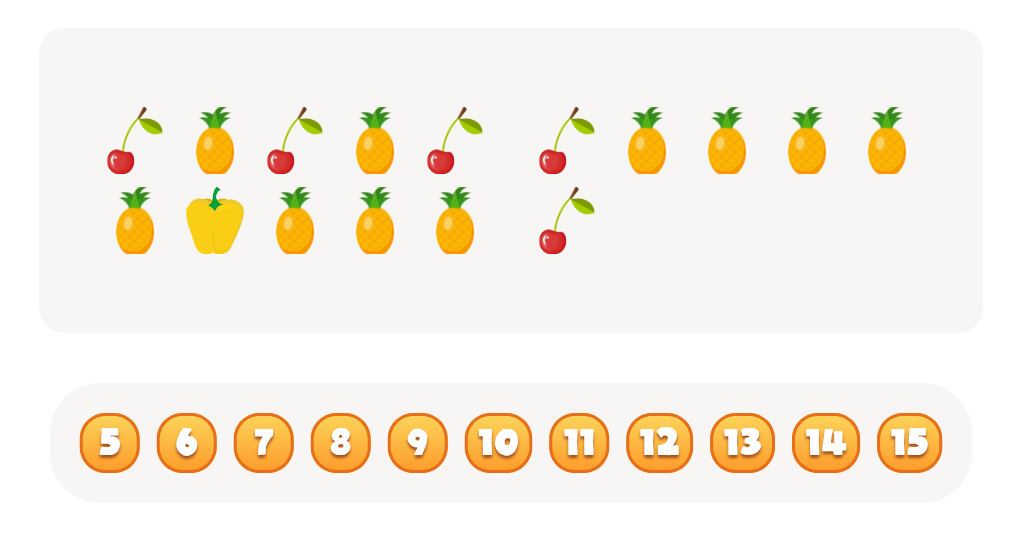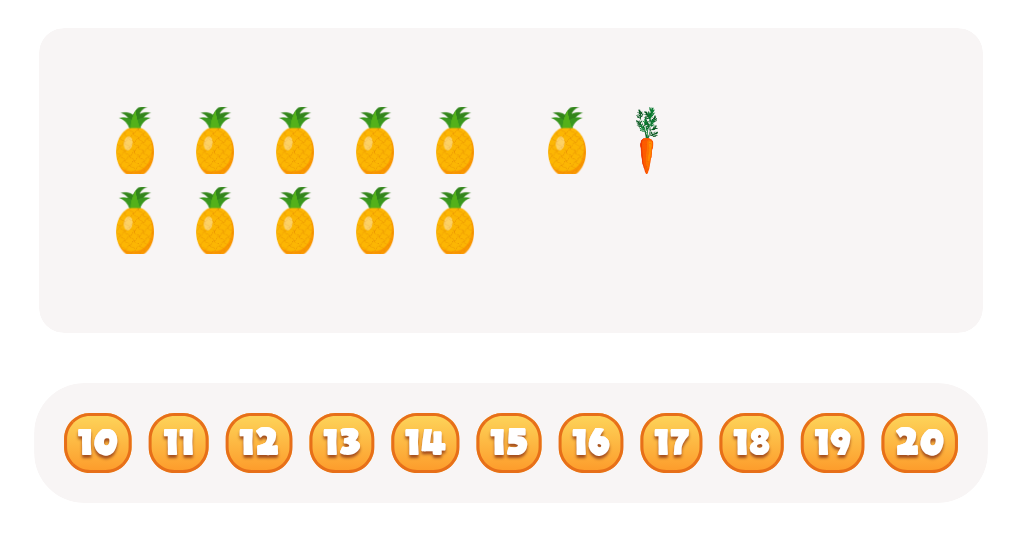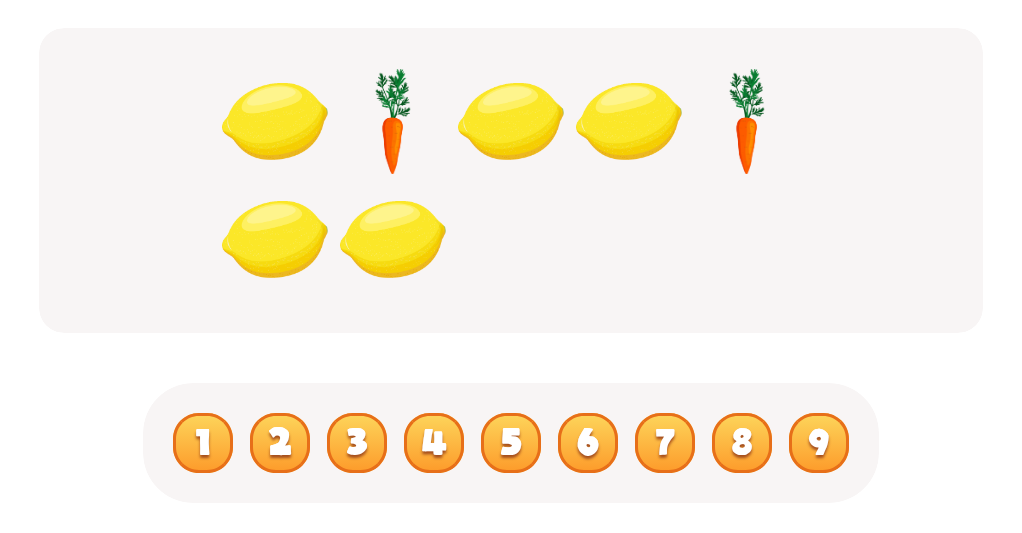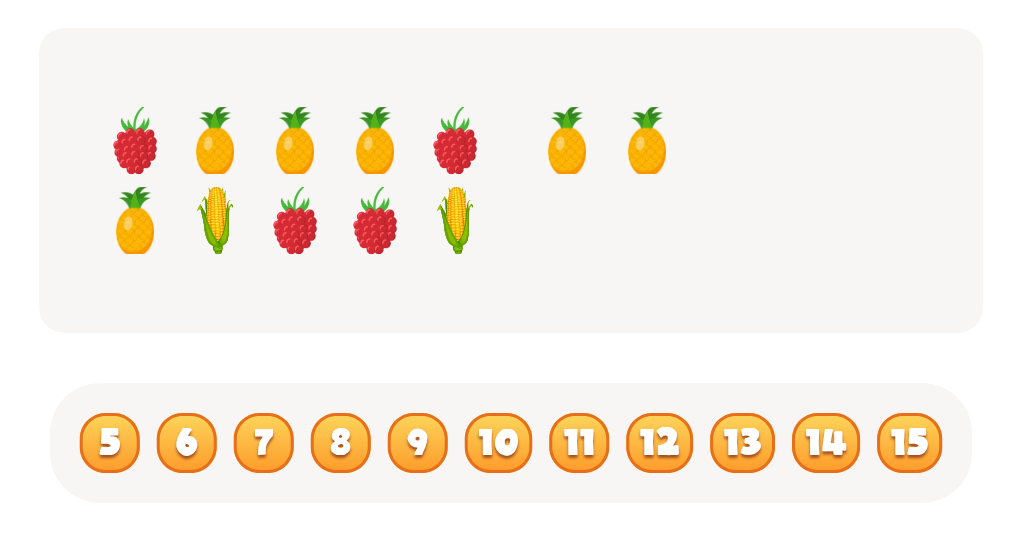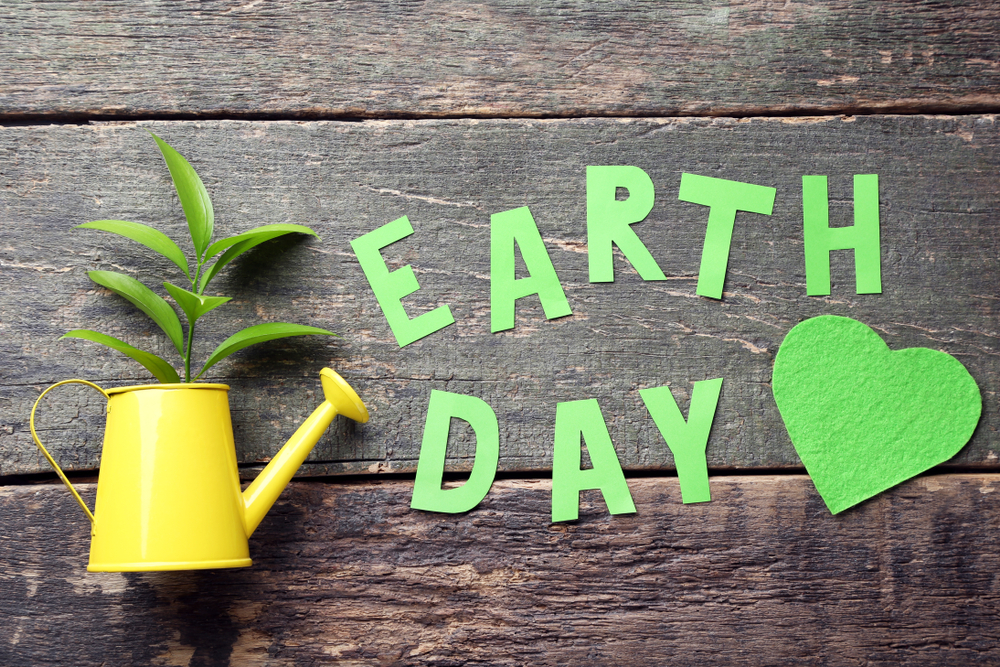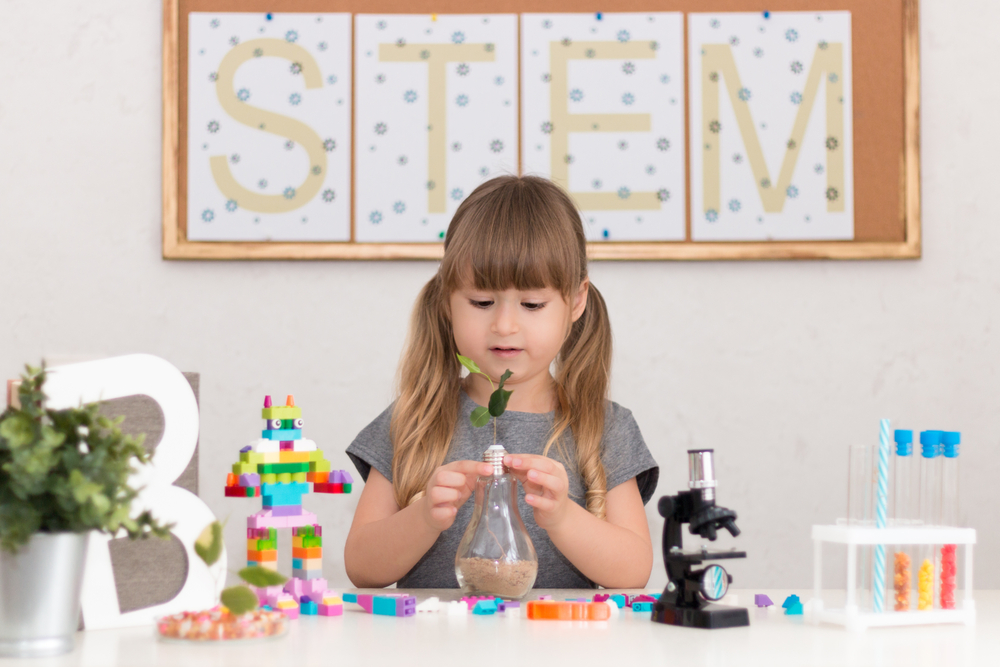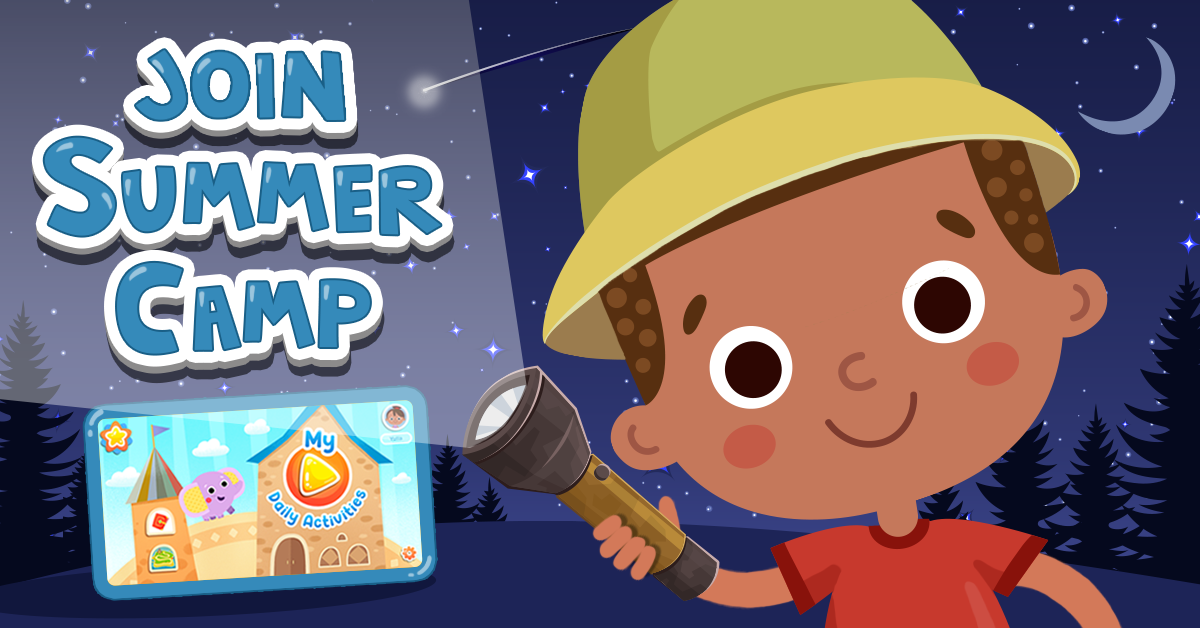Understanding pollination Plants and Animals Worksheets for Ages 4-9
3 filtered results
-
From - To
Discover the world of pollination with our engaging Plants and Animals Worksheets for ages 4-9! These printable activities from Kids Academy make learning about the vital process of pollination fun and interactive. Designed to captivate young minds, our worksheets cover essential concepts such as how plants and animals participate in pollination. Perfect for classrooms or at-home learning, children will develop a deep understanding through hands-on activities, coloring sheets, and simple explanations. Help your child explore nature's wonders and inspire their curiosity today with our expertly crafted educational resources!
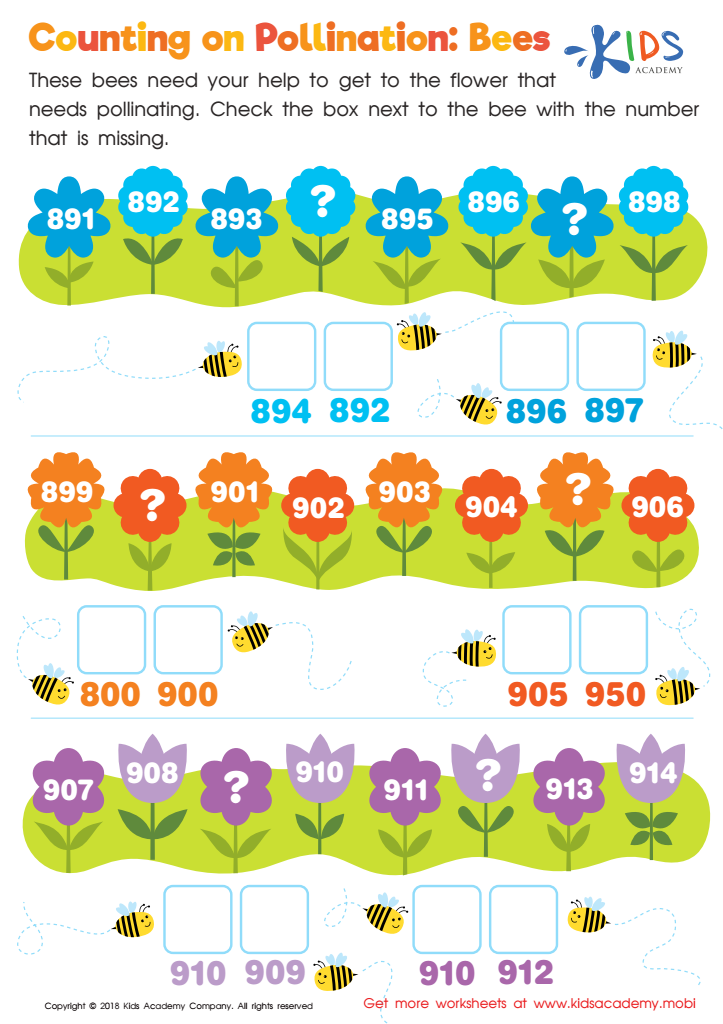

Counting on Pollination: Bees Worksheet
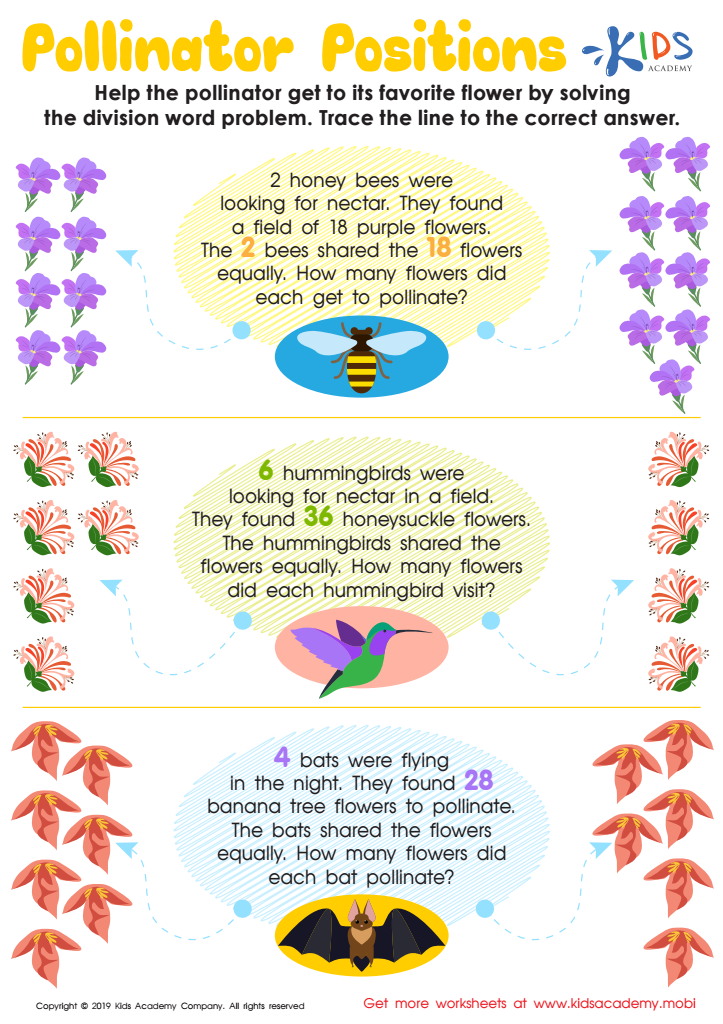

Pollinator Positions Worksheet
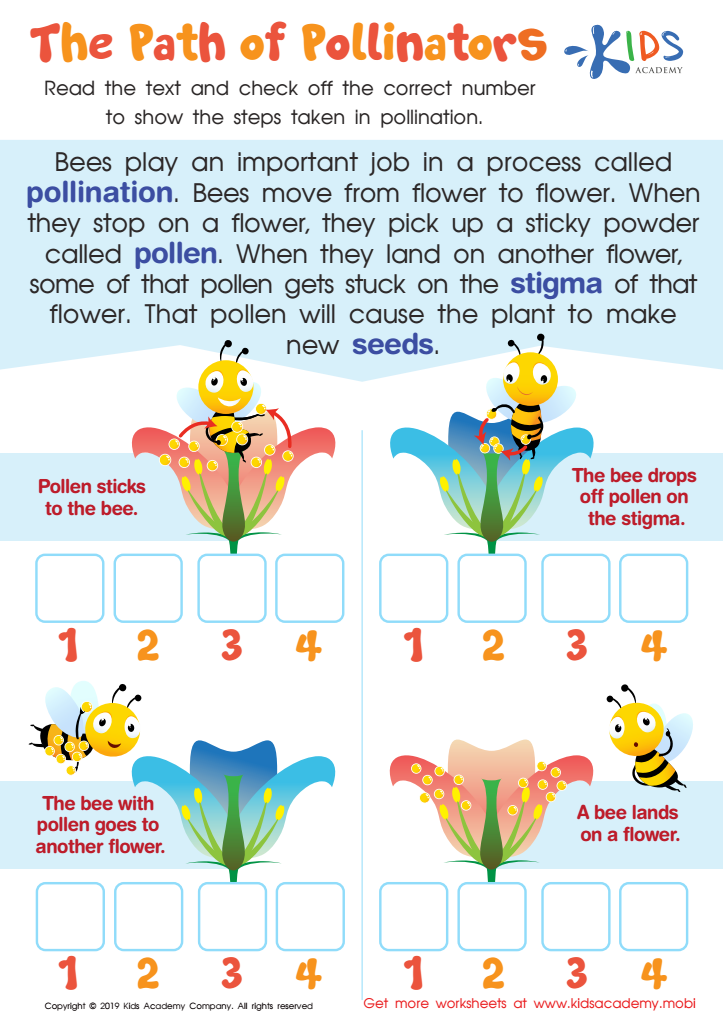

The Path of Pollinators Worksheet
Understanding pollination is crucial for young children, as it forms the basis for appreciating nature, agriculture, and the environment. Pollination directly affects food production; fruits, vegetables, and nuts we eat rely on this process. By teaching children ages 4-9 about pollination, parents and teachers can cultivate a foundational respect for natural processes and the organisms involved, such as bees, butterflies, and birds.
Pollination education connects children to the natural world and helps them grasp the interdependence between plants and animals. A clearer understanding fosters early environmental stewardship, encouraging practices that support a healthy ecosystem, like planting native flowers or reducing pesticide use. Engaged young learners may develop a lifelong interest in science and preservation, driving future careers in environmental fields.
Moreover, pollination lessons incorporate essential skills: observation, critical thinking, and curiosity. For visual and tactile learners, activities like garden observation or drawing life cycles illustrate these processes vividly, making science tangible and exciting. Early exposure to pollination lays groundwork for more complex biological concepts, contributing to a child's cognitive development.
In summary, teaching pollination to young children enhances their understanding of the natural world, impacts their behavior towards environmental conservation, and supports their overall intellectual growth, making it a vital part of early education.
 Assign to My Students
Assign to My Students

